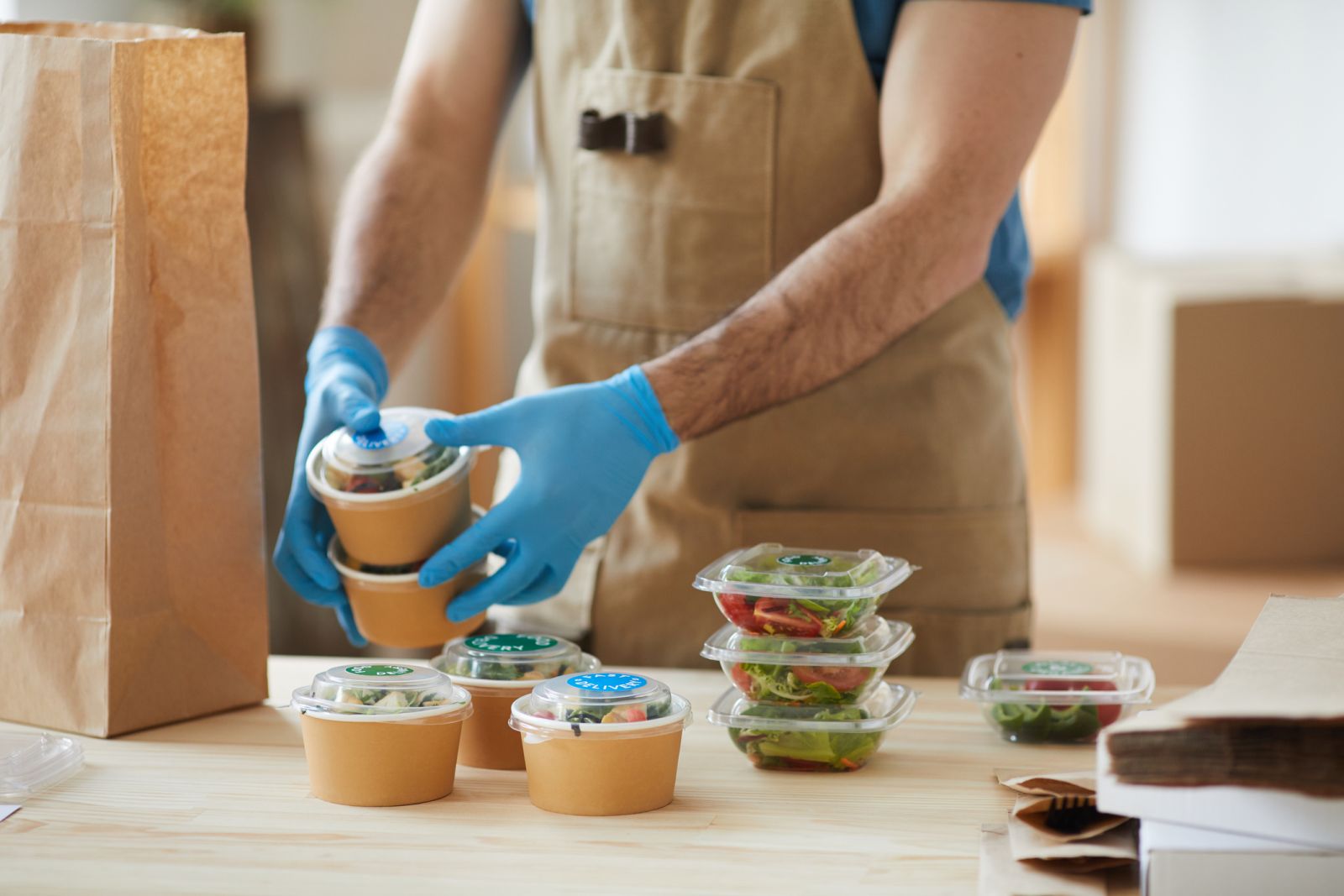By Rebecca Rice
Spring 2021

The COVID-19 pandemic has stripped away any pretense in our community that most people, especially people of color, are fine. The pandemic has revealed that many families are always right on the edge of not being able to pay rent, medical bills, or afford food.
Nationally, 45 million people, or 14% of people are food insecure, meaning they don’t always know where their next meal is coming from (Food Insecurity and Poverty in the US – Feeding America). That number in King County is projected at 11.8% for 2020 (Source). Nearly a quarter of the people experiencing food insecurity nationally are Black (Food Insecurity and Poverty in the US – Feeding America)., even though Black people made up only 13% of the American population in 2019 (Source).
The Biden/Harris administration has taken steps to ease this pain on a national level. In early February, Biden signed an executive order that will provide federal emergency dollars to restaurants preparing food for people who need it. This order will direct Federal Emergency Management Agency (FEMA) to cover 100% of the cost for restaurants to produce meals to distribute to those in need, rather than the 75% in usual emergency funding; and as an executive order, has bypassed the need for the legislative process for approval (essentially the FEED Act without a congressional vote) (Source).
States will allocate the funds, meaning local restaurants and their employees as well as local farms and their employees will see the benefits from this order. Food banks could also see benefits from this program providing additional food resources, especially as many are stretched thin from providing increased services during the pandemic.
In addition to the FEED Act, several other actions have been taken to reduce food insecurity and hunger during the COVID-19 pandemic:
Due to the actions of the federal and local governments, in addition to the huge outpouring of generosity we saw during the pandemic, the national food insecurity rate is projected to decline to 42 million people, or 12.5% in 2021. While this is good news, there are still a lot of people wondering where their next meal is coming from! This problem requires national solutions, including those discussed above, but also hyper local solutions, like the Issaquah Food & Clothing Bank and our amazing volunteers and donors who show up to make sure our community has enough to eat.
We are grateful for these actions taken on a local, state, and national level to help feed those who are struggling to feed themselves and their families. To learn more, visit: https://www.usda.gov/media/press-releases/2021/03/03/biden-harris-administrations-actions-reduce-food-insecurity-amid